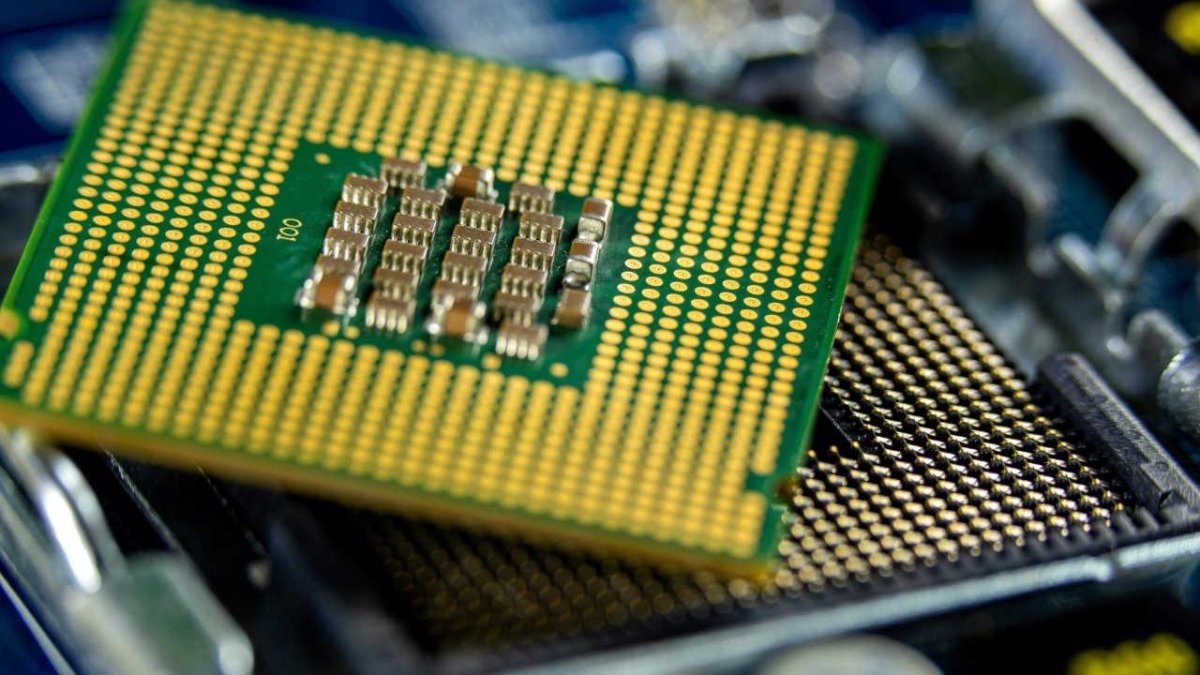The major differences between ARM and the x86-64 architecture
Discover the key distinctions between ARM and x86-64 architectures, revealing how each caters to unique computing needs and performance demands.

In the ever-evolving landscape of technology, ARM and x86-64 represent two distinct processor architectures with fundamental differences in their operation and design. Understanding these differences is crucial for anyone interested in the workings of modern computing. At the heart of these differences lies the instruction set architecture, which determines how a processor executes operations and processes data.
ARM employs a Reduced Instruction Set Computing (RISC) architecture, meaning it utilizes a streamlined set of instructions designed for efficiency. This allows ARM processors to perform operations with fewer transistors and clock cycles, leading to lower energy consumption. As a result, devices relying on ARM processors often enjoy superior battery life, making them the preferred choice for portable and mobile devices.
On the other hand, the x86-64 architecture utilizes a Complex Instruction Set Computing (CISC) approach, which allows it to manage heavier data loads more efficiently. While x86-64 processors may consume more power due to their complex instruction sets and the greater workload required, they excel in high-performance scenarios such as gaming, video editing, and other demanding applications.
For users prioritizing battery longevity and everyday tasks, ARM processors are typically found in smartphones, tablets, and other devices where energy efficiency is paramount. In contrast, x86-64 processors dominate in personal computers and laptops that demand high power and performance for resource-intensive tasks.
In summary, ARM and x86-64 cater to different needs within the technology ecosystem. ARM offers enhanced energy efficiency, ideal for battery-operated devices, while x86-64 provides robust performance for computing tasks that require more power. This fundamental distinction ensures that both architectures continue to play vital roles in the advances of modern computing.
